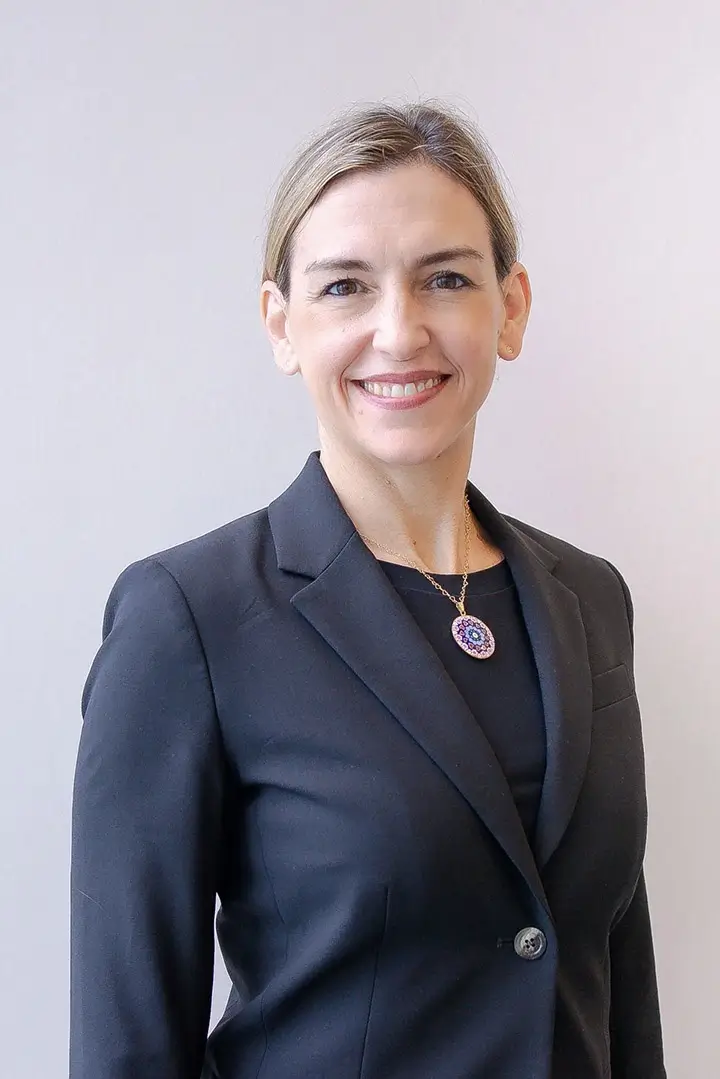The names in this interview have been changed at the parents’ request to maintain privacy.
The following is a transcription of an interview with A.R. and S.R. regarding their son “Billy”. “Billy” was diagnosed Autism Spectrum Disorder (ASD) just before his second birthday in February 2011. Since that time, “Billy” has received several courses of human umbilical cord-derived mesenchymal stem cells at the Stem Cell Institute.
“In general, his improvements have been so great that the school is advising a repeat assessment to see if he still fits under the diagnosis of ASD.”
What kind of ASD symptoms did “Billy” have before his stem cell treatments?
His symptoms included temper tantrums that resembled seizures lasting 30 to 45 minutes at a time. He was hyperactive and sometimes unintentionally violent in his play. He had very poor eye contact. He did not answer to his name. His dietary habits were very limited.
How has “Billy” improved since his last round of treatments?
Thus far, he has had three Rx cycles at the Center: July, 2012 (age 3y-4mo), March 2013 (age 4y) and Feb 2014 (age 4y, 11 mo). Each time he showed rather sudden improvements in almost all areas of prior difficulties. After his first treatment, 90% of the tantrums disappeared within two weeks. His eye contact suddenly improved. He became much more aware of his surroundings – almost as if he just woke from a half sleep state. He started playing with his father for first time and with his twin somewhat. Transitions were much easier. Speech improved. He started greeting his therapists by name each day. We did not tell the therapists of the stem cell Rx as we wanted to get an unbiased feedback on his progress. They were rather surprised at the sudden change in his cognition and behavior. He still had some issues like not initiating play with his twin or other kids. His eye contact was much improved but not quite the same level as expected of his age group. Reciprocal conversation was also limited. After his second Rx he started to initiate play with his sib and other kids. Tantrums completely disappeared. Transition issues and general parental compliance improved. He started attending JK class in Sept 2014. He was assessed by a clinical psychologist for his post IBI evaluation in Oct 2014. Overall, he had showed considerable improvements, especially in non-verbal learning abilities as these were now on par as expected for normal kids his age (45’th percentile). However, his verbal learning abilities remained compromised (8’th percentile). His main limiting factors were his attention span and his diet remained somewhat limited. After his third Rx in Feb 2014, we have thus far noticed remarkable improvement in his diet. He is now eating sometimes even better than his normal twin. His language seems to be further along with more complex sentences. Hyperactivity and focus has also improved and we are only one month post Rx at the time of writing of this feedback. In general, his improvements have been so great that the school is advising a repeat assessment to see if he still fits under the diagnosis of ASD. We are awaiting an appointment for this some time later this year.
What kind of treatments and/or therapies did you try before coming to Panama for stem cell therapy?
Following the diagnosis, we attended parental workshops to help these types of kids with speech and other developmental issues. We began taking him daily to Ontario Early Years centers where “Billy” could be exposed to other normal kids his age group so can join in on children’s activities. His speech improved a bit with this exposure. However, he would not play with the other children. Nine months after his diagnosis, he was accepted into the Themes Valley Autism Treatment program. They started sending in IBI therapists to work with “Billy” for about 6 hours per weekday. He made a little bit further progress in language but eye contact remained extremely poor. Temper tantrums were still a major issue. Transitions remained very difficult. Diet remained very limited. He did not play with his normal (non-identical) twin or other kids.
How did you find the clinic and what made you decide upon the Stem Cell Institute?
We found the Panama clinic by researching for additional modalities of treatment. We reviewed some of the candid discussions and videos of families of former patients of the clinic. We queried the medical officers at the clinic to ensure cell samples were screened thoroughly for blood borne pathogens. We finally decided to go ahead with the treatment as “Billy” clearly would not have had a very happy life if we continued with only behavioral therapy. We also were afraid he may unintentionally harm his normal twin due to his sudden violent movements and outbursts.


